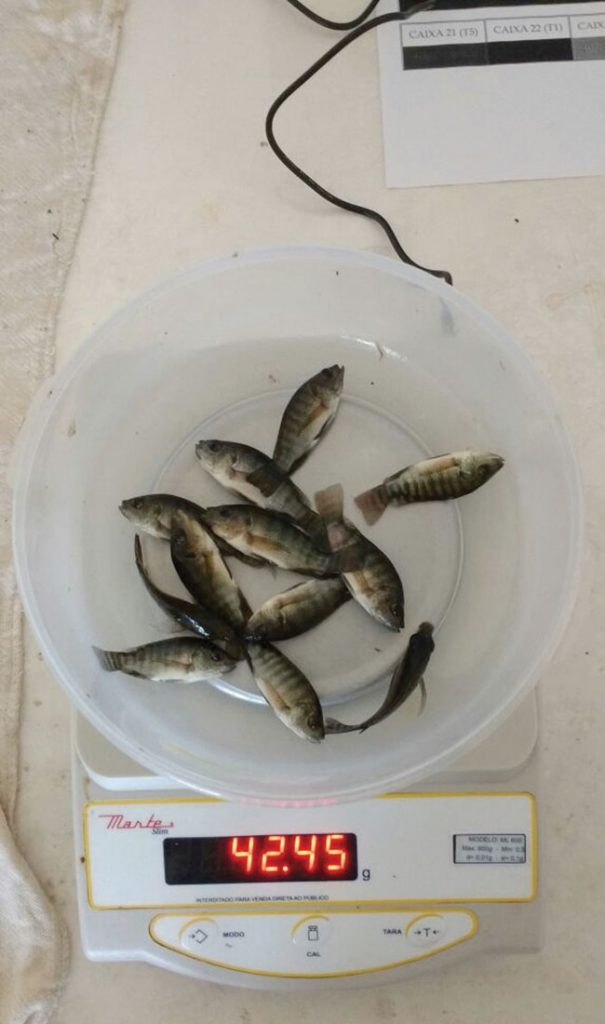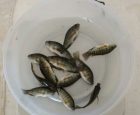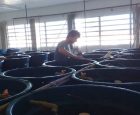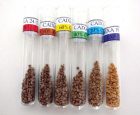
Features
Research
Brazilian study reveals benefits of feeding tilapia with pizzeria by-product
Nile tilapia reared in biofloc systems and fed with pizza by-product could provide economic benefits to farms, a study conducted in Brazil cited.
March 20, 2019 By Ruby Gonzalez
 Weigh-in of juvenile Nile Tilapia Nile tilapia reared in biofloc systems
Weigh-in of juvenile Nile Tilapia Nile tilapia reared in biofloc systems“According to economic analysis and performance data, it is possible to successfully include up to 20 percent of pizzeria by-product meal in diets for Nile tilapia reared in biofloc systems,” said Sousa et al in a study conducted on juvenile Nile tilapia.
“A 40 percent inclusion of pizzeria by-product might exhibit a strategic economic benefit to the farms that also commercialize fingerlings,” they said.
The by-product was considered because of ease of availability and nutritional properties, research team member, Dr. Mauricio Emerenciano told Hatchery International.
Emerenciano is an animal scientist and professor-researcher at the Santa Catarina State University in Brazil.
“Also, commercial diets for tilapia normally possess higher levels of crude protein as compared to their requirements,” he added, citing several studies.
The experiment used pizza borders and unconsumed pizzas that were free of condiments and food substances that could negatively influence the culture system containing juvenile tilapia.
The volume of available raw material makes the by-product formulation more suitable for low-scale application.
Farmers also have to be very careful with any inclusion or changes in diet formulation. “As we all know, cultured animals need a certain amount of balanced nutrients to be ingested every day and changes in diet formulation can cause more problems rather than solve it. The inclusion will depend on the production system applied,” he said.
“Our study, performed in biofloc systems, demonstrated that the replacement can be done up to 20 percent without losses. When you plan to use it in the formulation, special attention needs to be done during diet processing and manufacturing – for example, small extruder, avoiding problems on diet leaching and damage on water quality. If pelletized, as in our study, a binder should be used,” he said.
It is important for the farmers to have a close relationship with the aquafeed company and fish nutritionist, said research team member Dr. Artur Rombenso, a research scientist of fish nutrition who was with the Autonomous University of Baja California in Mexico at the time of the study.
“This aquaculture nutrition specialist would be able to properly adjust the formulation based on the nutritional composition of the local pizzeria by-product and the points highlighted by Mauricio,” Rombenso said.
Print this page








